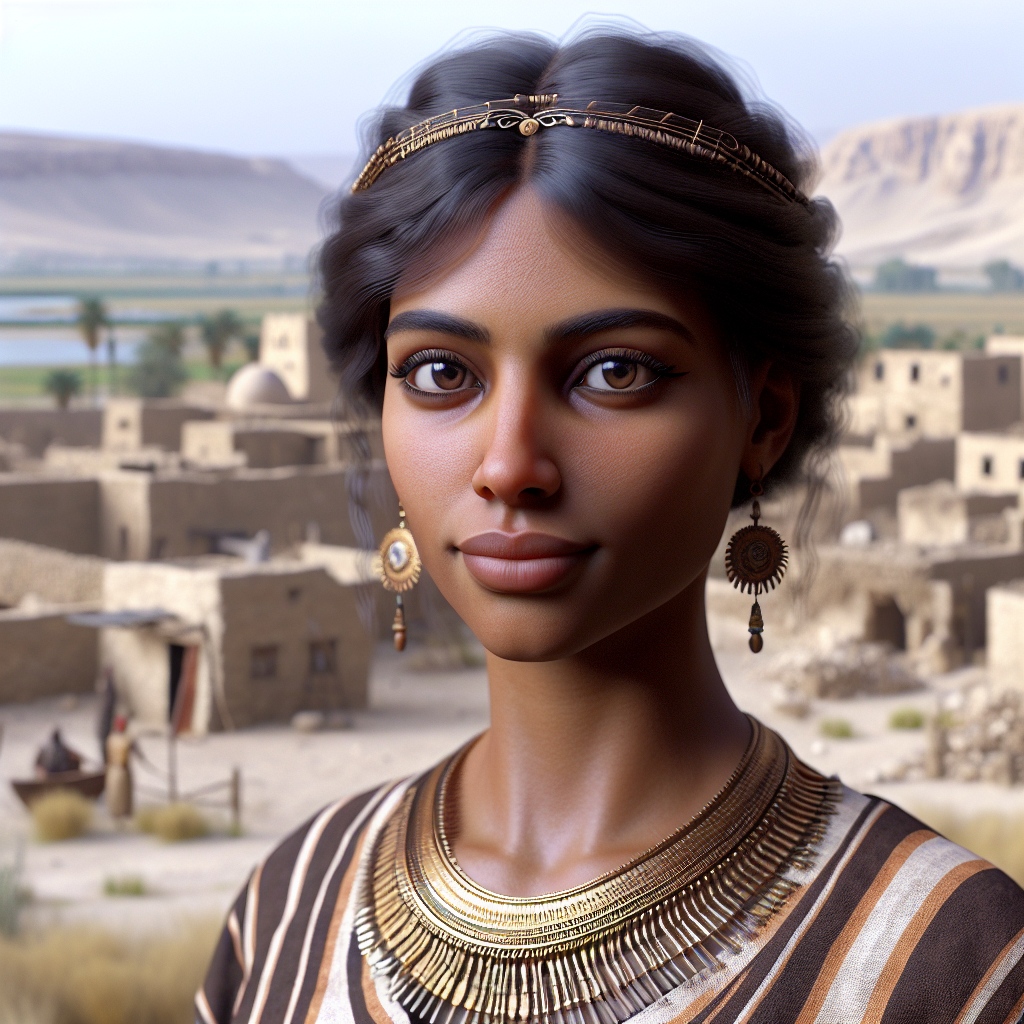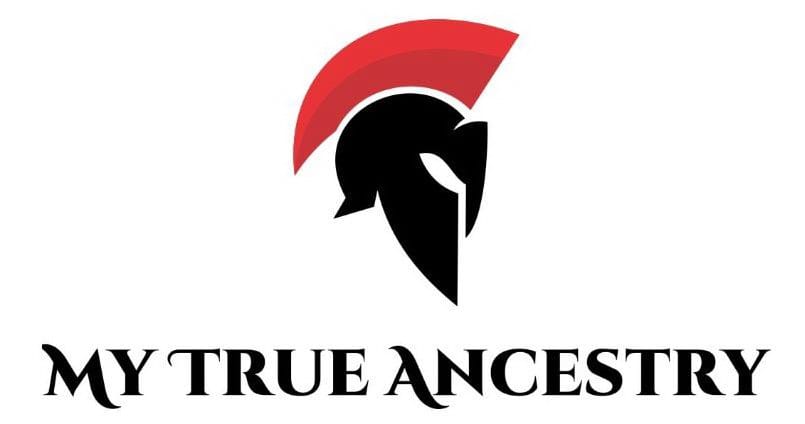5,000 Years of Genetic History in the South Caucasus: the Bronze Age to the Early Middle Ages





The South Caucasus, sandwiched between the Greater and Lesser Caucasus mountain ranges, has long stood as a cultural and technological crossroads between Eastern Europe and Southwest Asia. This strategic location facilitated a lively interchange of ideas and innovations since prehistory, as most evidently seen in the cultural complexes of Maykop and Kura-Araxes. Even though these mountain ranges might seem like natural barriers, they did not halt the human flow; ancient societies south and north of this rugged terrain interacted and mixed culturally and genetically over millennia.
A remarkable study analyzed the genetic data of 219 individuals excavated from 47 archaeological sites across modern-day Georgia. By spanning 5000 years of genetic history, this study provided an unprecedented view into the region's past. The time span includes the Early Bronze Age to the Migration Period following the fall of the Western Roman Empire, revealing a stable local gene pool despite waves of migratory influxes from neighboring regions such as Anatolia and the Eurasian steppe.
The excavation of numerous sites provided a glimpse into the cultural practices and daily lives of ancient populations. The site of Kiketi, for instance, connected to the Kura-Araxes culture, sheds light on a shared cultural complex that stretched throughout the Southern Caucasus during the Bronze Age. These dig sites often offered up significant grave goods, including ornamental items that reflect cross-cultural influences. Moreover, these finds accompanied by new radiocarbon dating results enabled a comprehensive picture of temporal and cultural continuity.
Among notable sites, excavations in Mtskheta and Tbilisi unveil the persistence of a local gene pool that integrated migrants from nearby Anatolia and the Eurasian steppe starting as early as the Middle Bronze Age. Such influxes were linked not only to enriched cultural exchanges but also to one of the most intriguing anthropological phenomena—artificial cranial deformation.
The genetic data reveal a consistent local ancestry persisting throughout the millennia. There was considerable genetic merging with neighboring populations from Anatolia/Levant and those hailing from the Eurasian steppe, dating back to the Middle Bronze Age. One of the intriguing elements of the findings is the presence of individuals with artificial cranial deformations (ACD), a practice exhibiting influence from northern nomadic groups such as the Huns, Sarmatians, and Alans.
Fascinating artefacts and grave goods found alongside these individuals, such as those from the Kura-Araxes culture, spotlight how genetic data corroborate the exchange and assimilation of diverse cultures spanning millennia. For instance, local traditions of the Caucasus persisted and were enriched with influences from both Anatolia and Levant, as evidenced by individual skeletons undergoing detailed archaeogenetic scrutiny.
The study unearthed unique individuals, notably those from the Early Middle Ages displaying diverse ancestries rooted in Central Asian steppe origins. These individuals were sometimes associated with enigmatic practices like cranial deformation, offering tantalizing clues to migratory pathways and cultural exchanges. The findings contribute richly to the understanding of Georgia's prominent role in the broader narrative of Eurasian history.
Christianization marked a distinct turn in the genetic landscape from the late first century AD onwards, particularly in urban centers. Individuals from these settings exhibited a noticeable increase in southern ancestries. This change resonates through both the grave architecture and the interments themselves, linking them to early Christian relics and practices.
The South Caucasus witnessed a cocktail of human movements despite maintaining genetic continuity, as revealed by archaeological and genetic studies. In this remarkable time span, researchers have meticulously analyzed the DNA of 219 individuals from 47 archaeological sites scattered across modern-day Georgia. The study unveiled a persistent local gene pool that continuously assimilated waves of migrants—from Anatolia and the Levant to neighboring Eurasian steppe populations.
The sites scattered across this region tell tales of long-forgotten cultural exchanges and interactions. Unique burial sites and antique cities in eastern Georgia, like the old capital Mtskheta, reveal stories of genetic outlier individuals whose ancestry from the Central Eurasian steppe was marked by the practice of artificial cranial deformations.
The ancient practice of artificial cranial deformation, a form of intentional modification of human skulls, stands as a fascinating testament to the cultural diversity and connectivity of ancient peoples in regions like the South Caucasus. This practice, known to some as head shaping, was observed among numerous civilizations across the globe from as early as the Early Neolithic. However, its introduction and widespread adoption in the South Caucasus, particularly during the Migration Period of Europe in the 4th to 7th century AD, offers a unique window into how cultural practices spread and evolved.
Archaeological excavations in Georgia have uncovered sites like Samtavro and Samshvilde, where artificially elongated skulls were discovered alongside grave goods that provide clues about the societal norms and influences of the time. Despite earlier assumptions that the cultural practice of cranial deformation was introduced to the area by groups like the Huns, the study revealed that many individuals with artificially deformed skulls descended from native South Caucasian populations.
The Bronze Age heralded a period of remarkable connectivity, particularly through the flourishing of cultural complexes such as the Kura-Araxes. The genetic findings from individuals at sites like Kiketi highlight a profound interaction with Anatolia, as far back as the 7th millennium BC. The admixture with these populations stands testament to the region's role as a melting pot of innovation and diversity.
As languages diversified, the establishment of the first states like Colchis and the Kingdom of Iberia marked intense political engagements, occasionally embroiled with the great empires of Urartu and Persia. These interactions were mirrored in genetic shifts, particularly evident in the influx of Anatolian and Levantine ancestry around the Middle Bronze Age.
The artificial cranial deformations identified in contexts such as Samtavro highlight not just cultural but also potential migratory influences from Sarmatian and Alan groups from the north. These findings echo the wider cultural and demographic exchanges since the Migration Period. Sites like Samshvilde and Tserovani provide crucial insights into these historical periods, showcasing grave goods and cranial features that tell stories of ancient societal transformations under varied influences.
For those fascinated by the humanities, archaeology, and the natural sciences, these genetic revelations of the South Caucasus present a beautifully complex tapestry of ancient human existence poised at a pivotal junction of the ancient world. This investigation into the South Caucasus illustrates not only the endurance of a regional genetic signature but also a chronicle of trans-continental exchanges that have shaped its history. The interweaving of native and foreign strands paints a compelling picture of survival and adaptability through millennia of cultural flux.
https://www.biorxiv.org/content/10.1101/2024.06.11.597880v1.full.pdf
Comments